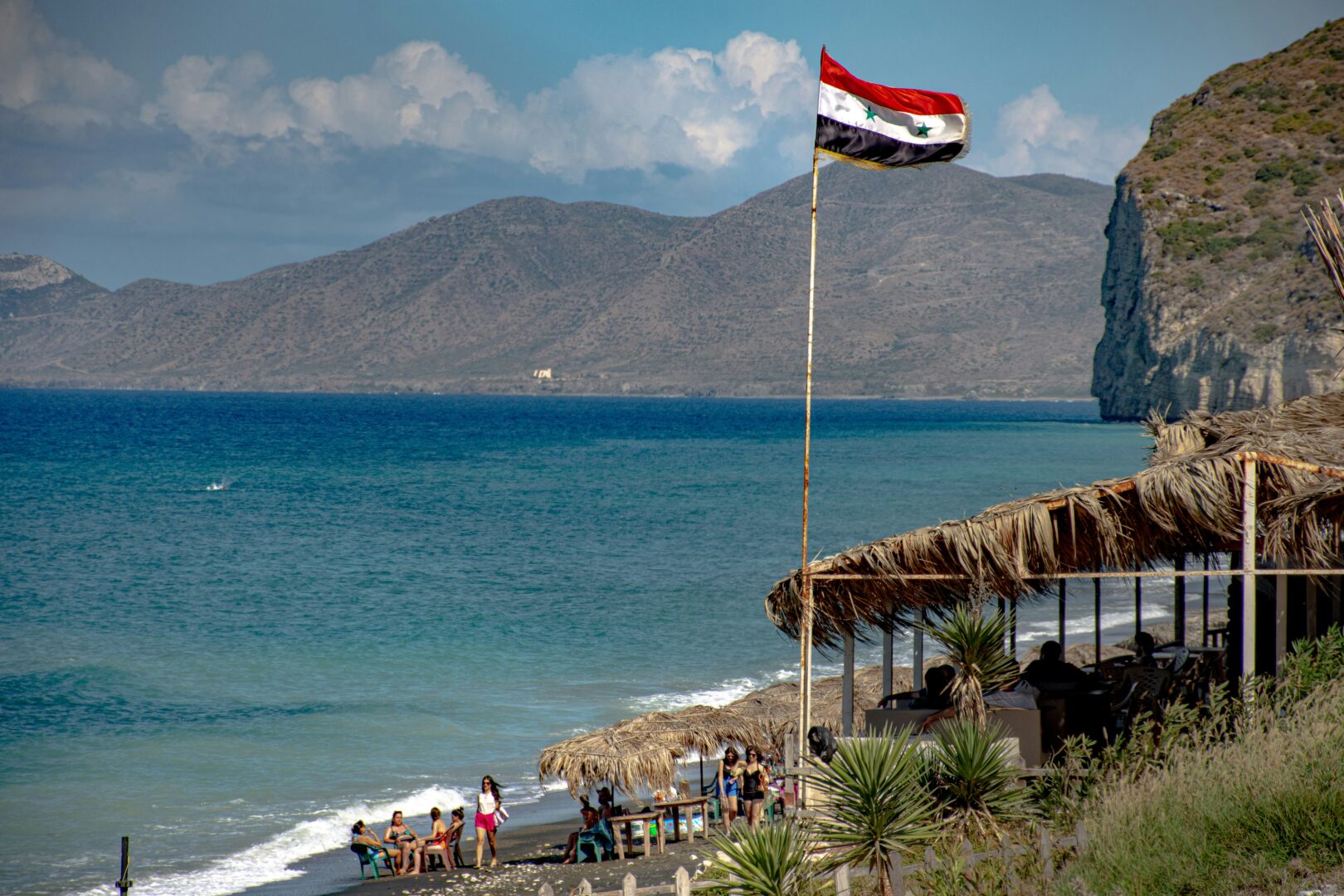Syria is emerging from over a decade of conflict, with its economy showing real signs of recovery amid significant political and diplomatic shifts. The recent easing of U.S., European Union and UK sanctions marks a pivotal moment in the nation’s path toward reconstruction. This expectation following this policy change is expected to facilitate international trade and investment, providing a much-needed boost to Syria’s war-torn economy.
In early June 2025, the Damascus Securities Exchange reopened after a six-month hiatus, signalling a renewed commitment to economic stabilisation and modernisation . Also, according to Reuters, Syria has secured a $7 billion energy agreement with a consortium of Qatari, Turkish and U.S. firms to develop gas and solar power infrastructure, aiming to restore the country’s damaged electricity grid. The perception of outsiders on all this is that these developments reflect a broader strategy to revitalise Syria’s economy and integrate it into regional development networks.
Despite these seemingly positive strides, challenges remain. The country faces a significant reconstruction cost, estimated between $250 billion and $400 billion as reported by Al Majalla, and continues to grapple with issues such as poverty, infrastructure damage and political instability. Indeed, as the Syrian news outlet asserts, the lifting of sanctions alone will not neccessarily lead to economic recovery.
But, having said that, there’s no doubt about the fact that the recent policy shifts and international support offer a glimmer of hope for Syria’s economic future which has, for many years, looked incredibly dim.
What Does the Future of Syria’s Economy Look Like In This Historical Moment?
After more than a decade of war and international isolation, these changes signal the possibility of Syria re-entering global financial and trade systems. While the short-term effects may be modest, the move paves the way for humanitarian relief, infrastructure rebuilding and eventually, the hope is, foreign direct investment too.
That said, Syria’s economic recovery will be neither swift nor straightforward, unfortunately. With damage estimated between $250-$400 billion, as reported by Euro News, and basic services like electricity, healthcare and water still unreliable in many areas, a full recovery could take decades. Investors may remain cautious, especially given lingering political risks, corruption and security concerns in certain regions.
But, for those with a high risk tolerance, Syria may now represent an untapped frontier market. Strategic sectors, like energy, agriculture, construction and telecommunications – could offer outsized returns for early movers willing to navigate the complexities.
In short, Syria is not yet a safe bet, but for certain investors, it may be a high-risk, high-reward proposition. Timing, local partnerships, and a long-term perspective will be critical. For now, Syria offers more potential than certainty.
The Top Five Industries for Investment in Syria in 2025
So, while the future of Syria’s economy and its potential for investment is unclear, there are still some undustries that hold more hope and promise than others.
Telecommunication and Banking
Syria’s telecommunications sector is undergoing significant transformation, with initiatives like the $300 million SilkLink fibre optic project aiming to modernise infrastructure and enhance connectivity. This development positions Syria as a strategic digital hub between north-south and east-west regions.
Furthermore, the reopening of the Damascus Securities Exchange after a six-month closure signals a renewed focus on financial markets. The government’s commitment to economic reforms and the lifting of sanctions create a conducive environment for investment in both sectors. However, challenges such as political instability and infrastructure damage remain considerations for potential investors.
More from Business
- What Is Franchise Management and How Does It Work?
- Is AI Leveling the Playing Field for Early-Stage Startups?
- Top 10 Ways VoIP Can Improve Customer Service
- The Evolving Role Of Compliance In Business
- How To Start A Business In Albania
- Landline Switch-Off: A Wake Up Call
- What Is A Due Diligence Audit for Startups?
- Boosting Small Business Growth In The UK: A Practical Guide
Energy
Syria’s energy sector presents substantial investment opportunities, particularly following Qatar’s $7 billion commitment to rebuild the country’s power infrastructure. The plan includes constructing gas turbine and solar power plants, aiming to restore electricity generation to pre-war levels.
But, despite challenges like widespread infrastructure damage and power theft, the government’s openness to private partnerships and foreign investment indicates a promising outlook. Additionally, cross-border cooperation plans, such as a proposed 400-kilovolt transmission line with Türkiye, further enhance the sector’s potential for growth and stability.
Agriculture and Food Processing
Agriculture remains a cornerstone of Syria’s economy, with fertile lands and a rich history of production. The government’s support for the sector, exemplified by events like the Syria AgroFood 2025 exhibition, really highlights its commitment to revitalising agriculture and food processing industries.
Investments in modern machinery, equipment and technologies are crucial to enhance productivity and meet domestic and regional demand. The lifting of sanctions facilitates access to international markets and resources, presenting opportunities for investors to engage in sustainable and profitable ventures within the sector.
Infrastructure and Construction
Rebuilding Syria’s infrastructure is a major priority, with projects like Marota City in Damascus symbolising post-war reconstruction efforts. This mixed-use development aims to create thousands of job opportunities and modern housing, reflecting the broader push for urban renewal.
The government’s focus on infrastructure development, coupled with international support, offers avenues for investment in construction, transportation and urban planning. But, investors should consider factors such as regulatory frameworks and regional stability when assessing opportunities in this sector.
Tourism and Cultural Heritage
Syria’s rich cultural heritage and historical sites offer significant potential for tourism development. Efforts to revive tourism include restoring ancient monuments and promoting cultural tourism as part of the country’s economic recovery. The government’s initiatives to create a favourable environment for tourism investment, along with the lifting of sanctions, open doors for international partnerships in hospitality, heritage conservation, and tour services.
While challenges like infrastructure damage and security concerns exist, the sector’s growth prospects make it an attractive area for investors interested in cultural and sustainable tourism.

